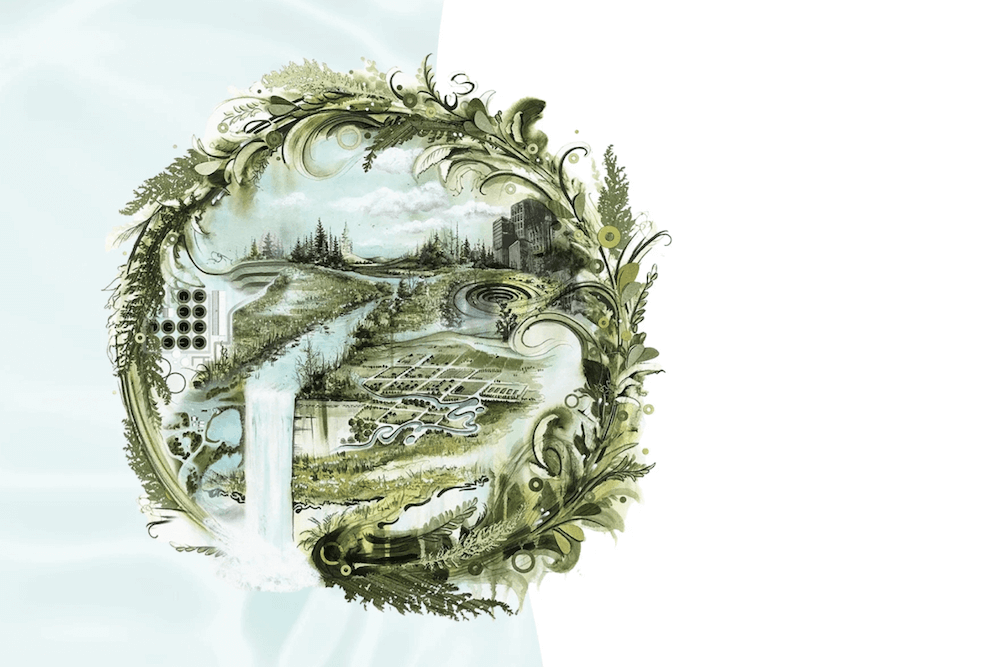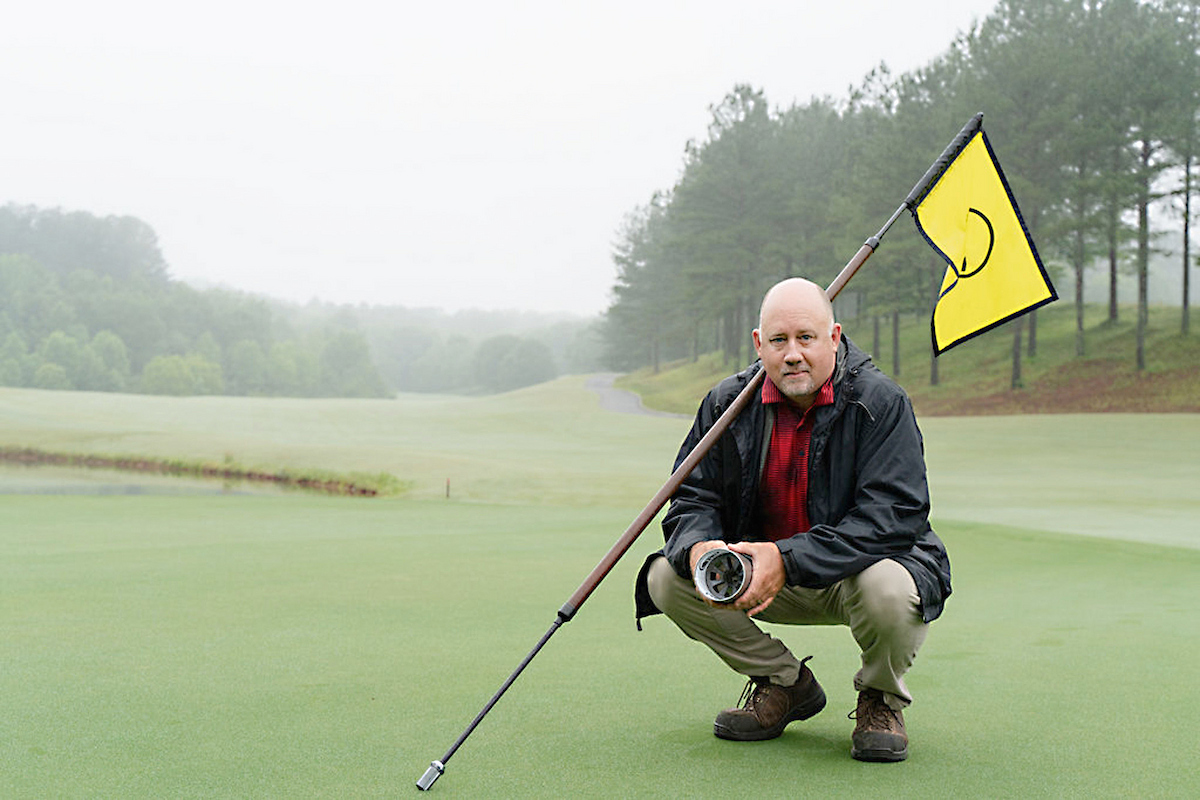By Sharon Omahen
University of Georgia
Amaryllises have become known as a Christmastime flower as
many home
gardeners give and receive their bulbs as holiday gifts. But you
don’t have to wait until spring to plant them.
“Instead of planting amaryllises indoors in a pot, a better
choice is
to plant them in the garden,” said C.B. Christian, northeast director
of the Georgia Master Gardeners Association. “There they can produce
flowers for up to 75 years.”
Planting times, locations
Amaryllises require semishade and will grow in almost any soil as
long as they receive adequate moisture and good drainage. Christian
recommends planting bulbs in 6-inch amended raised beds.
“Optimally, planting in early October or late summer is
recommended,”
he said. “However, any time after frost in the spring works
well.”
Bulbs should be planted about a foot apart. Half of the bulb
should
be left exposed.
Amaryllis bulbs multiply rapidly, so Christian recommends
dividing the
bulbs every three to five years. Dig up the bulbs and divide them
after the foliage has died back.
“The newly divided bulbs can be used to expand your beds or to
share
with friends,” Christian said. “You can also pot up a few in
September for forcing as indoor winter blooming plants.”
Care tips, uses
Fertilize amaryllises with a low-nitrogen fertilizer 5-10-10,
5-10-15
or 6-12-12, he said. Apply 1.5 pounds per 100 square feet of bed.
Too much nitrogen and too much shade will result in poor
flowering.
Make the first application when new growth begins, another when the
stalks are 6-8 inches tall and another immediately after
flowering.
Plants should be mulched heavily in the winter. In later March
when
new growth begins, carefully rake away the mulch.
Amaryllis blooms can be cut when partially open and placed in
clear
vases for enjoyment. The flowers will last for weeks in a clear vase,
provided the water is changed daily, he said.
When the plants finish flowering, remove the flower stalks but not
the leaves. “The plants need the leaves for photosynthesis to produce
next year’s blooms,” Christian said.



